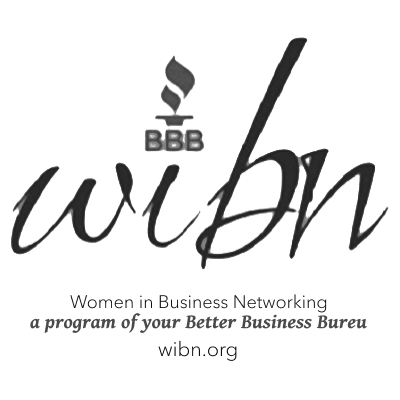Freelancing is becoming so popular, there are freelancer jobs websites and even a formed freelancers union.
Freelancing is becoming so popular, there are freelancer jobs websites and even a formed freelancers union. Companies of all sizes can benefit from partnerships with self-employed professionals. Here are four tips for you...
According to Forbes.com, 47% of hiring managers are more likely to hire freelancers since the COVID-19 crisis.
Freelancers are essential to many businesses of all sizes around the world. With an internet connection and detailed brief, they can complete the tasks that you otherwise struggle with -- on time, and at affordable rates.
Unfortunately, many business owners and entrepreneurs have a skewed perception of the self-employed because they may have been burned in previous collaborations. While cowboy freelancers do exist, the problems usually occur when there is a lack of communication or understanding regarding expectations.
Here, we've outlined four essential techniques that assure positive partnerships with freelancers.
Use An Agency
Business service agencies can be the best place to search for reputable and trustworthy freelancers.
Why?
Because an agency does the heavy lifting for you, thanks to their acceptance criteria. As long as you believe in the agency, you can choose from their freelancing clientele and pretty much guarantee you’ll get a freelancer that is:
- Qualified
- Experienced
- Self-starting
Be the brand that would go through the traditional mode of scrolling through resumes and cover letters. Look for professionals that would follow best practices. Check for links to published work and online portfolios from each applicant. You want individuals that would use keywords that sync with your company’s culture and values.
Create A Thorough Onboarding Program For Freelancers
Often enough, companies complain that freelancers don’t understand the company culture in the same way full-time, in-house employees do. Of course, there’s a reason for this. Freelancers usually aren’t onboarded the same way as regular employees.
You might spend half a day communicating via email or instant messenger, but you’re just going through the motions. For any employee to recognize the culture and the tone of voice of the establishment, they must be subjected to it.
This onboarding checklist will help if you’re unsure where to start, or want to be sure you have followed a good process.
Pay Them Well And On-Time
Freelancers do offer an affordability, for specific projects or in testing the waters with a candidate you hope will one day be a full-time employee. While this situation can present an opportunity for savings, focusing too much on the money will be your business detriment. All this does is attract people who are happy to work for less, which will not bring expertise through your front door.
Quality professionals that offer value to your business will appreciate being paid in a timely manner. A learning management system that integrates HR and the payroll system will decrease confrontations and reduce instances of freelancers jumping ship due to payment problems. Like your in-house staff, they must be punctually paid.
Develop Freelancer Perks
Perks are powerful because they encourage workers to maintain a high level of productivity. Self-employed partners aren’t classed as standard employees, which means they would not qualify for bonuses, corporate events, or discounted policies and memberships.
By consulting your tax accountant and other business advisors, you can provide all of these things or equivalents. Remember, freelancers are responsible for all of their tax withholdings and health insurance programs. So some combination of generous payment and/or perks contributes to a healthy, progressing company-freelancer collaboration.
2 Replies
-
Remember, owners must truly listen to their advisers’ suggestions and be willing to consider and evaluate suggested changes. The owner is adding a valuable resource to the company, not giving up control.
Leave a Reply

Like what you see? We've been told our blog posts are like potato chips: You can't read just one...
Subscribe to receive them fresh in your Inbox, and you can grab our best insights about social media marketing before everyone else sees it!

Relevant Resources
view allThe True Cost Of Letting Peak Sales Periods Pass You By

Three Surprising Signs You’re Still Silencing Your Female Employees

How Ongoing Training In The Workplace Can Drive Long-Term Business Growth






































By advisory board GoldCoast on